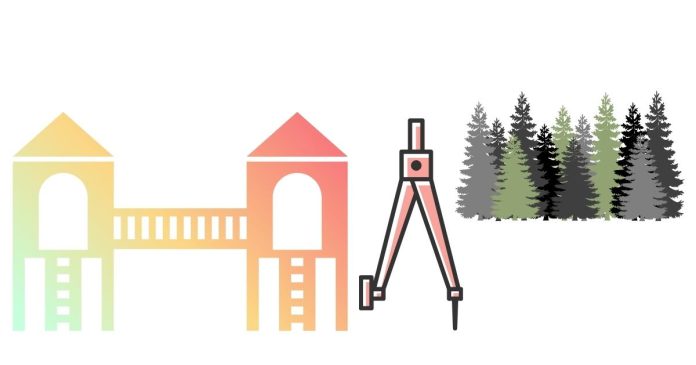Spanning Tree refers to a fundamental concept in graph theory and networking. There are two common contexts where “spanning tree” is used:
1. Spanning Tree in Graph Theory
- In graph theory, a spanning tree of a graph is a subset of the graph that includes all the vertices of the graph but only enough edges to form a tree (i.e., a connected, acyclic structure).
- The spanning tree will always have exactly V−1V – 1 edges, where VV is the number of vertices in the graph.
- A graph can have multiple spanning trees, but each tree will have the same number of edges (one less than the number of vertices).
- Example: If you have a connected graph with 5 vertices and 7 edges, a spanning tree would consist of 5 vertices and 4 edges, forming a tree structure with no cycles.
2. Spanning Tree Protocol (STP) in Networking
- In networking, the Spanning Tree Protocol (STP) is used in Ethernet networks to prevent loops in network topologies. STP is crucial in networks where multiple switches are connected to ensure that there’s no circular data flow.
- STP ensures there’s only one active path between two network devices, disabling redundant paths to avoid network loops (which can lead to broadcast storms and other issues).
- The protocol works by selecting a “root bridge” and then calculating the best (loop-free) path from the root to all other bridges (switches) in the network.
- If a link fails, STP can dynamically reconfigure the topology to restore connectivity.


